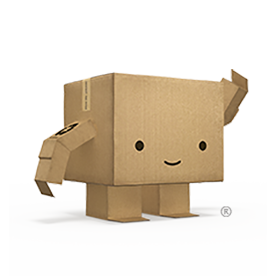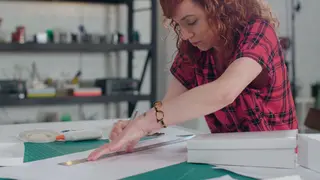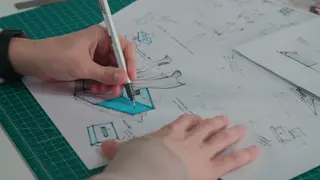
The paper cup is hardly new—in fact, it's over a 100 years old. So why were more than 700 backers eager to fund a Kickstarter for the development of … a paper cup?
The answer: dimension. New unique packaging innovations plays with dimension to create products that deepens customer delight and adds a layer of service, all with a handful of changes to conventional designs. And given that paper is a medium noted by designers for its physical and conceptual flexibility, it’s becoming the material of choice for dimensional innovations.
The Business Case for Playing with Dimension
The reasons for toying with shape and dimension are as varied as modern packaging design itself. Sometimes it eliminates unnecessary packaging, adding to a product’s streamlined visual appeal while subtracting from a business’s carbon footprint. Sometimes it serves a function, as with miniaturized totes for confections.
And sometimes it’s just a matter of doing business: A product’s bar-code Global Trade Item Number needs to change when a product’s physical dimension shifts by more than 20 percent, making smaller tweaks less of an overhaul. Similarly, reimagining a box as a boxelope allows flat items to be packaged in a vessel that can fit into updated United States Postal Service collection boxes, which cap out at ½ inch.
Small changes in dimension can also shift buyers’ perception of goods. Research published in the Journal of Marketing shows that consumers don’t notice up to a 24% reduction in the size of a package when the design is elongated. This elongation effect transfers onto other aspects of perception: Food in taller packages is seen as having fewer calories than foods contained in wider packages, according to research in the International Journal of Research in Marketing.
Crafting an All-Paper Cup—Lid Included
For Tom Chan and Kaanur Papo, co-founders of the Kickstarter-funded Unocup, it was a combination of forces. The goal was to create a cup made of paper only, eliminating the need for a plastic lid. Made from a single sheet of artfully cut and folded paper, the Unocup contains its own lid, created through a series of simple folds.
Paper was the natural choice for the team. “Both Kaanur and I are designers, so we care about the look of the cup as well as its utility,” Chan says. Beyond being a practical solution, paper offers a nod to his design inspiration—origami—with its elegance and flexibility. Plus, paper is easy for designers to use for prototyping, so designs can be tested quickly.
“There’s a uniformity in the iconic look of the Unocup,” Papo says. “That is largely attributed to the material.”
Learn more about Packaging, as well as the added benefits and solutions from our other industry associations on our Association Partners page.
View Association Partners



